John Bedini gave me this wonderful endorsement for some work I did several years ago, but did not know I never made it public domain.
*Universe Engine*
A long time back I posted this at the beginning of Dr. Lindemann's thread "electric motor secrets"
This thread will discuss the embodiment I was discussing. Below is Lindemanns response.
Originally posted by John_Bedini
View Post
*Universe Engine*
A long time back I posted this at the beginning of Dr. Lindemann's thread "electric motor secrets"
I rarely, post..... and Personally im no motor builder, but I think something is being missed by most on this thread.
I have read several people ask about generators, however the motor in its present incarnation is not all it could be, this is most likely to get the home experimenter comfortable with the basics before moving on.
Take for example an AC generator, with field windings, and permanent magnets on the rotor. The field windings could easily be wound into an LC circuit making the motor supposedly run on reactive power. However, what is not immediately obvious is that the rotation of the rotor will impart upon the filed windings an EMF from the magnets directly related to its rotational speed and the number of poles on the rotor. This counter emf per lenz law will create a frequency within the LC at varying speeds (depending on rev-up, down, loading, etc) which will not match its resonant frequency, hence hindering the resonant rise, Q, and overal efficiency of the motor. However if you had a lenz less motor, the result would be a rotation caused by the driving circuit independent of a generated EMF due to the rotation of the rotor. Such a motor could be run by a resonant circuit, returning all power given to it back to the source, in this case, the source might locally constitute a capacitor with an impedance matching the drive coils for a particular frequency. This tank circuit would be allowed to oscillate freely, without having to worry about any stray emf frequencies created by the rotor.
This cannot be easily applied in its present form to the current motor as it stands. The rotation of the current model is dependent on the position of the rotor with respect to the pole projections of the stator. This means that frequency of operation within the drive coils is dependent on rotor speed, meaning it too is tied down to rev-ups, downs, variable loading etc. In order to reach a reactive state at a particular frequency, the rotor would have to spin at a very specific speed.
Also noted, is that the inductive properties of this motor change constantly! which is terrible for such a design. Hence the fact that it is a variable reluctance motor. This property too is detrimental to reactive conditions.
BUT! it has one of the problems solved, and clever geometries and tricks can solve other problems. Such as reactive rotors (Tesla has patented them) constant reluctance rotors (would need a simulated rotating field, where poles switch at a phase less than 180 degrees) and other ideas come to mind.
What you were all given is gold, but it is far from where it could be, and I get a sneaking suspicion that the only thing that is holding Dr Lindeman back from advancing ideas publicly at this point is the overall comprehension, i.e. no point in leaving people behind at this point.
Get clever with similar concepts and you can apply it all to solid state as well, leaving behind the need for kinetic power supplies.
(like I said im no motor builder........ )
And thank you Dr. Lindeman for your work teaching, and taking the time help people out. I have given you an unfair shake in the past.
I have read several people ask about generators, however the motor in its present incarnation is not all it could be, this is most likely to get the home experimenter comfortable with the basics before moving on.
Take for example an AC generator, with field windings, and permanent magnets on the rotor. The field windings could easily be wound into an LC circuit making the motor supposedly run on reactive power. However, what is not immediately obvious is that the rotation of the rotor will impart upon the filed windings an EMF from the magnets directly related to its rotational speed and the number of poles on the rotor. This counter emf per lenz law will create a frequency within the LC at varying speeds (depending on rev-up, down, loading, etc) which will not match its resonant frequency, hence hindering the resonant rise, Q, and overal efficiency of the motor. However if you had a lenz less motor, the result would be a rotation caused by the driving circuit independent of a generated EMF due to the rotation of the rotor. Such a motor could be run by a resonant circuit, returning all power given to it back to the source, in this case, the source might locally constitute a capacitor with an impedance matching the drive coils for a particular frequency. This tank circuit would be allowed to oscillate freely, without having to worry about any stray emf frequencies created by the rotor.
This cannot be easily applied in its present form to the current motor as it stands. The rotation of the current model is dependent on the position of the rotor with respect to the pole projections of the stator. This means that frequency of operation within the drive coils is dependent on rotor speed, meaning it too is tied down to rev-ups, downs, variable loading etc. In order to reach a reactive state at a particular frequency, the rotor would have to spin at a very specific speed.
Also noted, is that the inductive properties of this motor change constantly! which is terrible for such a design. Hence the fact that it is a variable reluctance motor. This property too is detrimental to reactive conditions.
BUT! it has one of the problems solved, and clever geometries and tricks can solve other problems. Such as reactive rotors (Tesla has patented them) constant reluctance rotors (would need a simulated rotating field, where poles switch at a phase less than 180 degrees) and other ideas come to mind.
What you were all given is gold, but it is far from where it could be, and I get a sneaking suspicion that the only thing that is holding Dr Lindeman back from advancing ideas publicly at this point is the overall comprehension, i.e. no point in leaving people behind at this point.
Get clever with similar concepts and you can apply it all to solid state as well, leaving behind the need for kinetic power supplies.
(like I said im no motor builder........ )
And thank you Dr. Lindeman for your work teaching, and taking the time help people out. I have given you an unfair shake in the past.
This thread will discuss the embodiment I was discussing. Below is Lindemanns response.

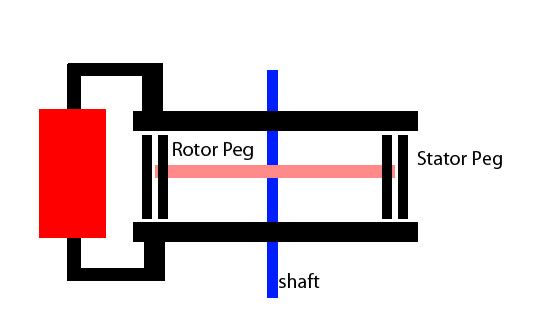
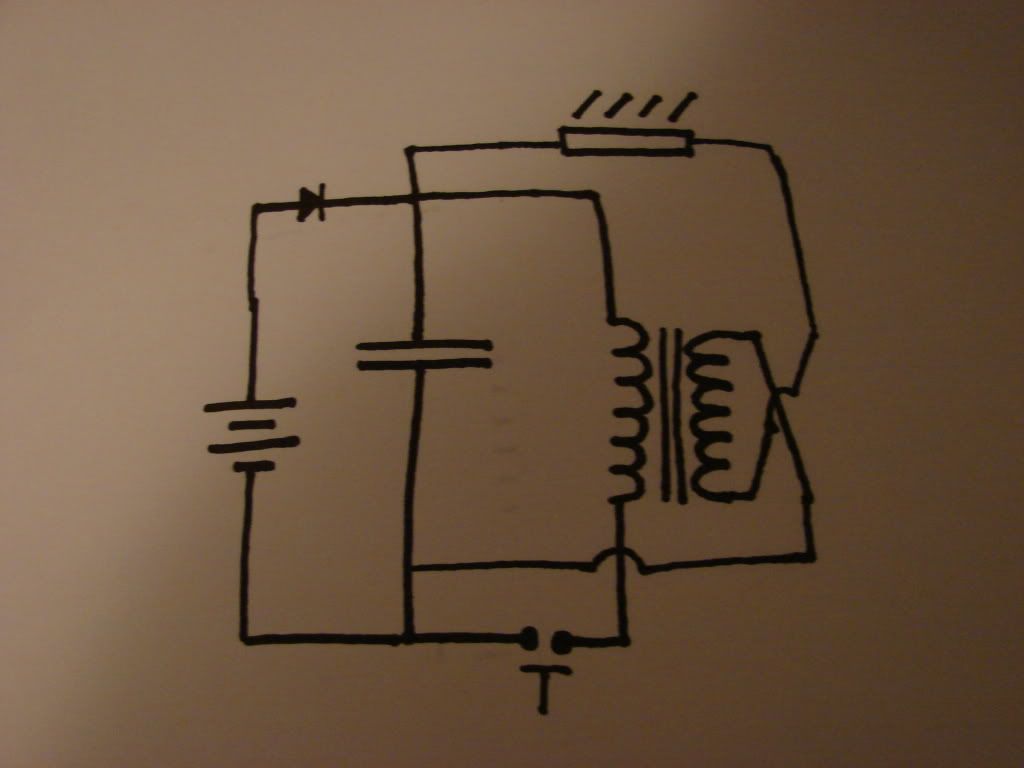
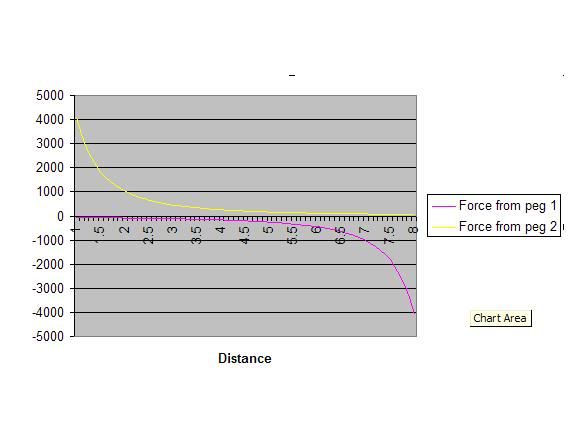
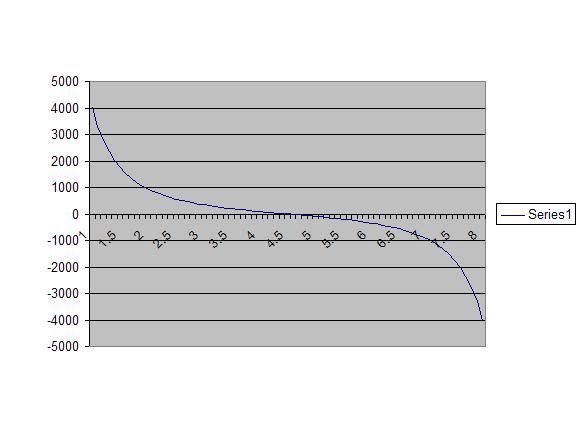

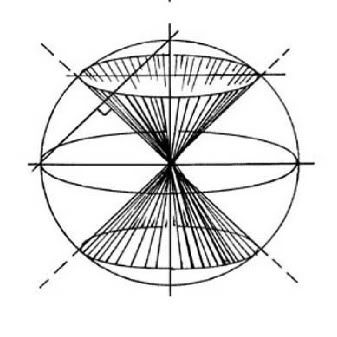
Comment